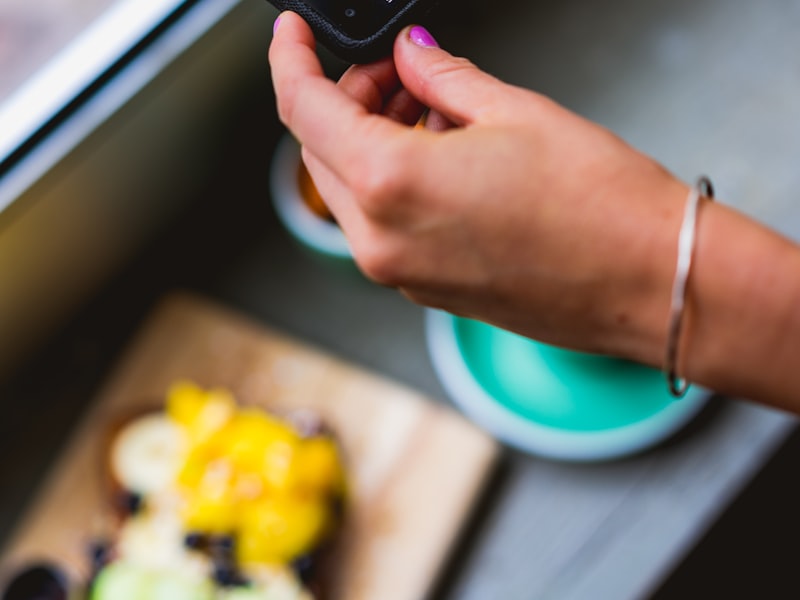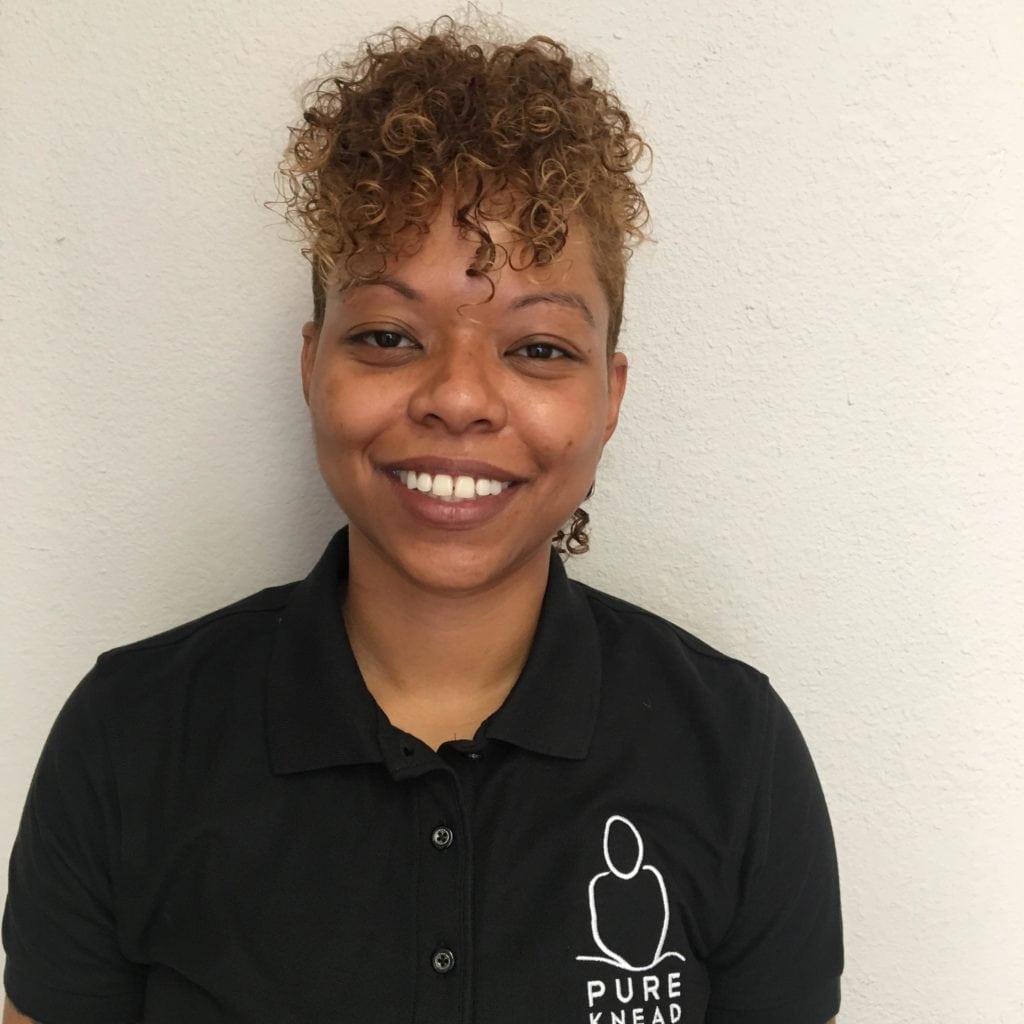Massage Techniques


Techniques
A massage can be performed by using various techniques. The techniques are classified by the kind of tissue being worked on. There are techniques that involve the pressure of kneading or pressing, as well as hands that move in a rhythmic manner. The movements are designed to stretch and relax muscles as well as improve the flow of blood. Some massage techniques are used to soothe and stimulate the client, while others can be used for therapeutic purposes.
Effleurage is the most basic way for massaging customers. To loosen the muscle tissues, this involves applying light circular pressure. To enhance the therapeutic massage, the therapist might apply creams, oils, or other substances. Effleurage is usually used in the initial stages of an exercise to provide maximal comfort and ease the muscles to allow for more vigorous techniques. Effleurage stimulates blood flow and removes metabolic wastes.
Another technique, called petrissage, involves deep pressing and friction in order to get deep layers of soft tissue. This method is ideal for those who undergo exercise or are athletes.
Benefits
Massage is an excellent way to reduce stress levels and boost circulation. Massage can boost energy levels and improve immunity, and can increase alertness and energy. Massage is beneficial to the endocrine systems. Massage can improve the health of your skin and reduces the chance for developing skin issues. The lymphatic system of the body and blood vessels are stimulated by massage. A higher blood volume can open capillaries for nutrient rich blood, and pushes toxins into the veins so that they can be eliminated by kidneys.
Massages increase the number of the white blood cells in the body. They play a large role in protecting the body from infection. It may be beneficial for those who suffer of AIDS as well as other diseases. Also, it reduces the intensity and frequency of headaches caused by tension. Researchers from Granada University found that chronic tension headache patients who were treated with massage therapy instantly reduced the amount of pain they felt.
Massage is a growing alternative to traditional medical treatments. Massage can aid in relaxation and increase the flexibility of your body. You can learn to massage yourself or with a partner. The Mayo Clinic Press offers free newsletters on the benefits of massage.
Techniques for self-massage
Massage can be a great way to ease muscle pain and stiffness. You can use your hands, tennis balls or trigger point devices to massage the areas affected. This technique is great for a wide range of conditions and are recommended to be practiced at least two times daily. Start slowly, and then gradually intensify your massage.
This technique is focused on small muscles groups. It is recommended to use five strokes at least per muscle group. Begin with five strokes for every tender spot. If your mobility is limited, increase the number up to fifteen. This will allow you to add more pressure to the affected area while protecting your joints from overstretching.
Self-massage is not only good for relieving pains and aches, but it can also assist in decreasing stress levels and increase circulation. It can also improve the skin's appearance. In addition, it can help you sleep better and decrease tension in your muscles when you exercise. Be sure to speak with an experienced medical professional if are experiencing ongoing discomfort or serious injuries.
Therapy sessions with a therapist.
Communicating with your massage therapist is a great way to be sure you are comfortable and getting maximum benefit from your massage experience. There are many types of massage therapy. Make sure to ask your therapist about their style and treatment plans. It is often best to partner with your therapist.
If you're having treatment, your massage therapist should pay attention to your body language to determine what pressure is appropriate for you. It may be intimidating for you to discuss your concerns with your therapist nevertheless, you shouldn't hesitate in making your wishes known. Your therapist wants to make sure that you feel secure and at ease during your treatment.
It's also helpful to speak with your massage therapist prior to as well as during your massage. If you're suffering from some acute or chronic condition be sure to inform your massage practitioner. Tell them that you'd like a more firm or less abrasive tension. They can adjust the table temperatures based on feedback from you. Check out here
